Feast 11 February | Patronage bees | |
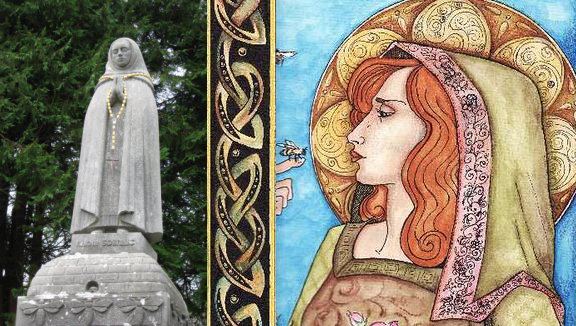 | ||
Celtic souls part 7 the life of st gobnait of cork ireland
Saint Gobnait (fl. 6th century?), also known as Gobnat or Mo Gobnat, is the name of a medieval, female Irish saint whose church was Móin Mór, later Bairnech, in the village of Ballyvourney (Irish: Baile Bhuirne), County Cork in Ireland. She was associated with the Múscraige and her church and nunnery lay on the borders between the Múscraige Mittine and Eóganacht Locha Léin. Her feast day is 11 February.
Contents
- Celtic souls part 7 the life of st gobnait of cork ireland
- St gobnait folklore video assignment
- Life
- Legends
- Well
- Veneration
- References

St gobnait folklore video assignment
Life
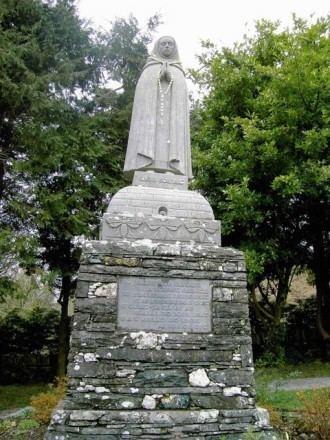
Gobnait was born in County Clare in the 5th or 6th Century, and is said to have been the sister of Saint Abban. She fled a family feud, taking refuge in Inis Óir in the Aran Islands. Here an angel appeared and told her that this was "not the place of her resurrection" and that she should look for a place where she would find nine white deer grazing. She found the deer at the place now known as St. Gobnet's Wood. Saint Abban is said to have worked with her on the foundation of the convent and to have placed Saint Gobnait over it as abbess.
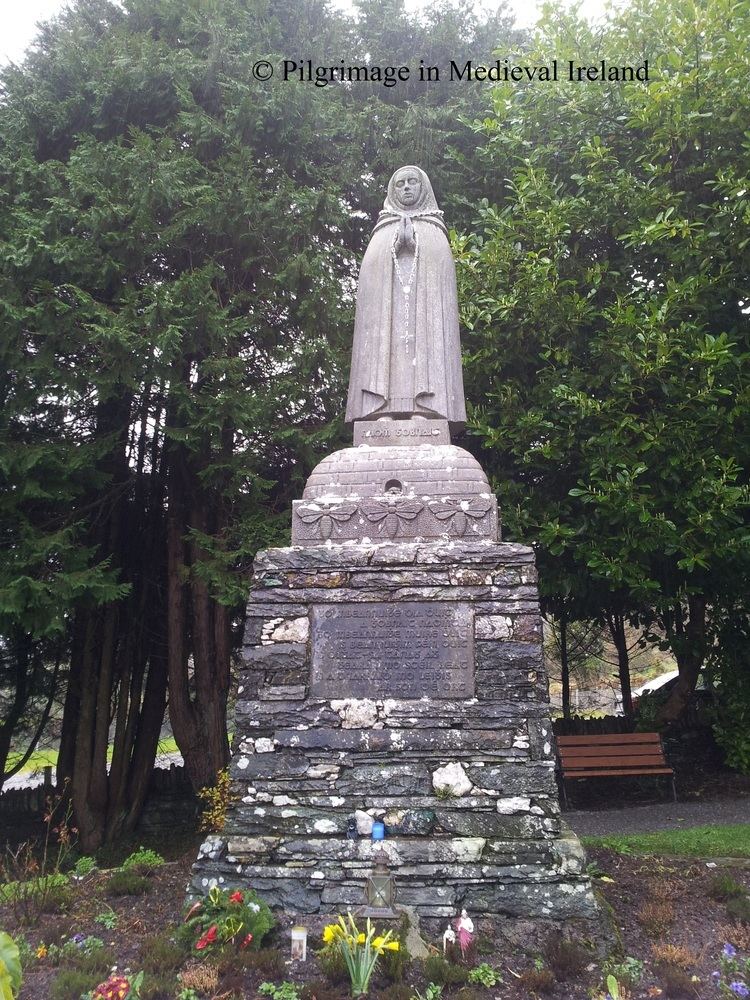
Celtic lore held bees in high esteem, believing the soul left the body as a bee or a butterfly. Gobnait is said to have added beekeeping to her life's work, developing a lifelong affinity with them. She started a religious order and dedicated her days to helping the sick. It has been speculated that she used honey as a healing aid. She is credited with saving the people at Ballyvourney from the plague.
Legends

One story tells of how she drove off a brigand by sending a swarm of bees after him and making him restore the cattle he had stolen.
Well
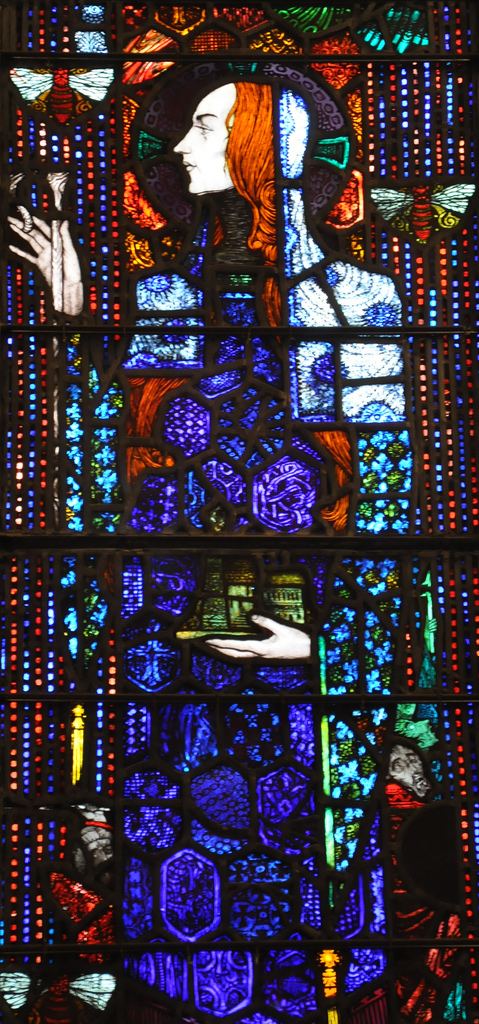
St Gobnait's well (also known as St Debora's, Deriola's or Abigail's well) is situated to the North of Ballyagran in a high field to the left of the road to Castletown. Rounds were made and a pattern was held on 11 February until around 1870. The well has now dried up but the site is still known. It is said that a white stag could sometimes be seen at the well.
Veneration

In 1601 Pope Clement VIII granted a special indulgence to those who, on Gobnait's day, visited the parish church, went to Confession and Communion and who prayed for peace among 'Christian princes', expulsion of heresy and the exaltation of the church.
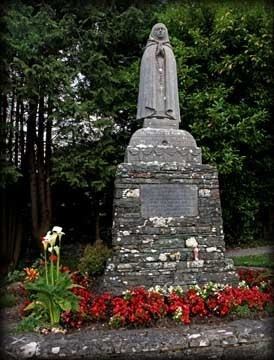
Gobnait was originally a patron of ironworkers. Excavation at the church in Ballyvourney yielded considerable evidence of ironworking on the site.

The saint is still locally venerated today, and is among a group of Irish saints whose feast day has been given national rather than just local recognition. The main centres of devotion to Gobnait are Inis Oírr (Aran Islands), Dún Chaoin in West Kerry and Balleyvourney near the Cork / Kerry border. She is depicted on a stained glass window at Honan Chapel in Cork, which was made by artist Harry Clarke in 1916.
Former churches dedicated to Gobnait are commemorated in townlands and other places named Kilgobnet (Irish: Cill Ghobnait "church of Gobnait"): in counties Kerry (near Milltown and Dunquin), Waterford (near Dungarvan), Limerick (in Ballyagran), and Cork (near Glantane, Dripsey, and Clondrohid).
